I’ve been a longtime fan of modular helmets (the flip-up style) because they offer me the protection of a full-face helmet with the convenience of a ¾ or open-face one. And anyone who has read my reviews over the years knows my favorite style is an open face.
Last year I was prepared to review Shoei’s modular helmet offering, the Neotec, but shortly after I received it to test, Shoei upgraded it, calling it the Neotec II. This new model has the same top-of-the-line features as the original but comes with the ability to seamlessly integrate the Sena SRL communication system. SRL stands for Shoei Rider Link.
I’ve reviewed two of Sena’s communication systems so I was curious to see how this “integrated” system works. Is it more convenient? Does it work as well as the other communications systems? Since I already had a nice shiny red Neotec in my possession, Shoei sent me a Neotec II for my husband to use that we could test together. My review is a combination of me wearing the original with Norm’s feedback wearing the newer version.
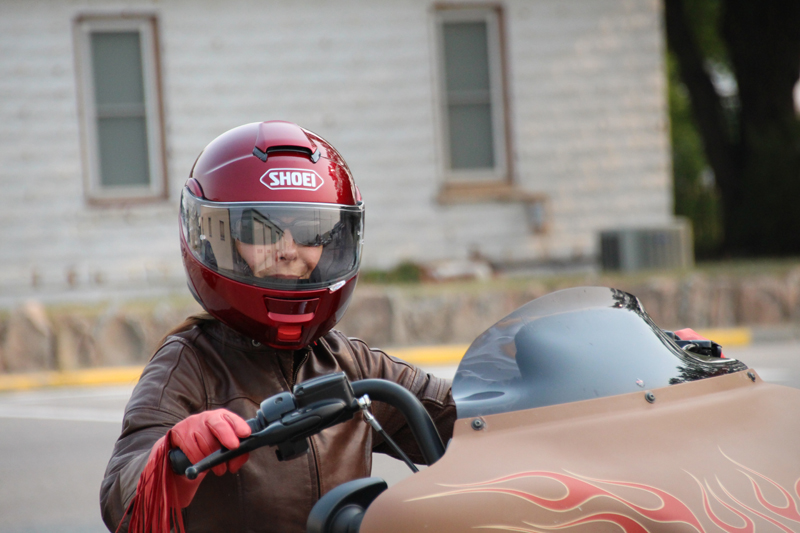
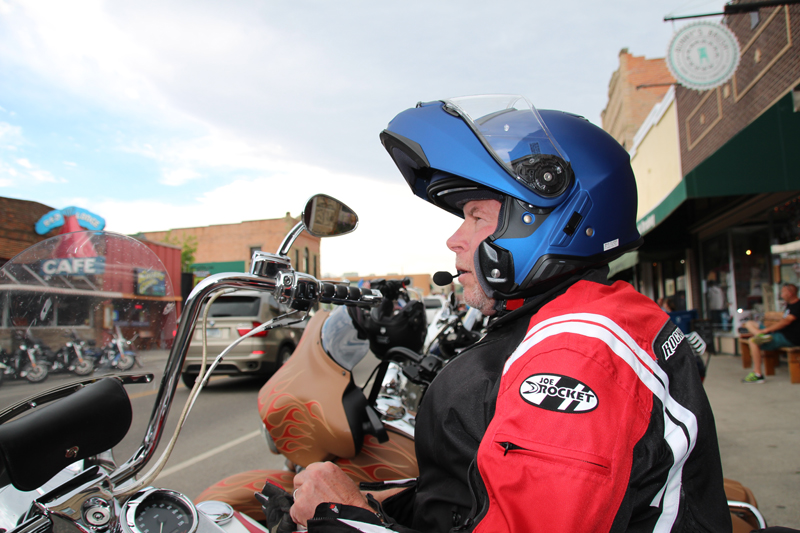
I’ll talk about helmet first, then I’ll get to the Sena SRL. If you want to skip the helmet section, scroll to the headline that starts the review of the integrated Sena system.
There are a lot of moving parts to a flip-up helmet so I was curious to see how Shoei’s one modular offering faired with my particular tastes.
Weight
Maybe it’s a female thing, but I’m very conscious of the weight of a helmet on my head. The Neotec does not feel heavy on my head. I know this is subjective, but compared to the full-face helmets I wear, I don’t think the Neotec is any heavier, and modulars tend to be a smidge heavier because of the additional hardware needed to allow the front to flip up. I could do a weight to weight comparison, but for me, numbers are not what tell the difference. The “feel” and how long I can go without my neck getting tired is how I gauge the weight. The Neotec felt fine to wear for an all-day ride with frequent stops where I was able to take it off and stretch my neck.
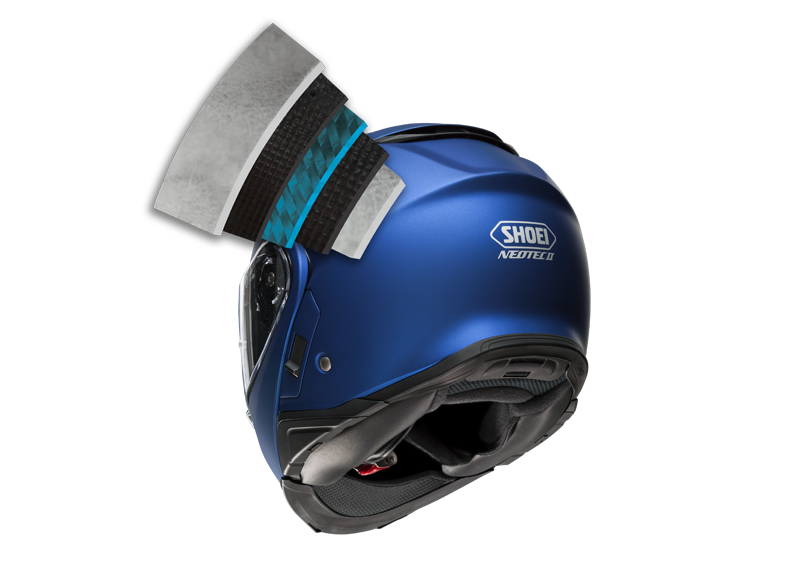
Noise
The Neotec is a well-made helmet so I expected the “noise” inside to be minimal, and it is. Think of all the places where wind could rush through the helmet creating a whooshing sound. This is “noise,” along with sounds created by the environment of a motorcycle riding on a road. This helmet is solid and has been tested in a wind tunnel for the best aerodynamics that reduce the level of whooshing one hears when riding with the helmet on.
Noise inside a helmet over time can contribute to fatigue. Plus, the more noise there is, the more air is seeping inside the helmet reducing its aerodynamics, which has you “fighting” the outside wind more. The rear shape of the Neotec II is slightly different than the original with more swoop to the rear fin shape, contributing to an improvement in aerodynamics.
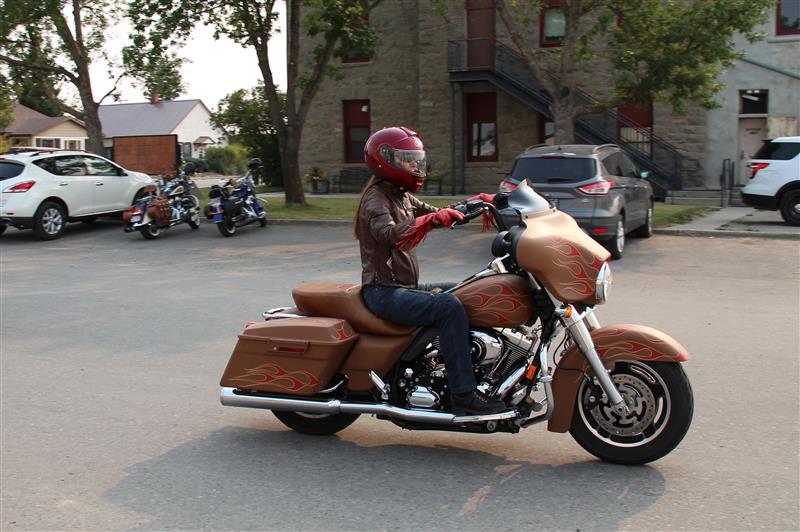
Flip-Up Mechanics
The beauty of a modular helmet is that you’re able to flip up the front chinbar when stopped so you can communicate with others at gas stations, parking lots, etc. It also helps you “air out” at stops on a hot day. For those who feel restricted in a full-face, the modular offers the ability to “open up” the helmet instead of taking the whole thing off.
So how easy it is it to flip up this helmet? Very easy. The red button on the front is big and easily accessible with gloves on. You press down on that button while lifting the front part of the helmet. The mechanism is smooth and solid. No jiggling or looseness.
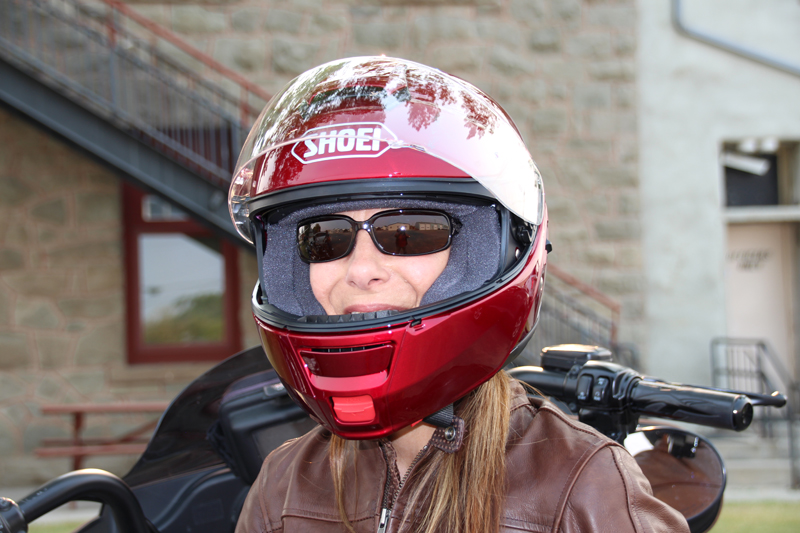
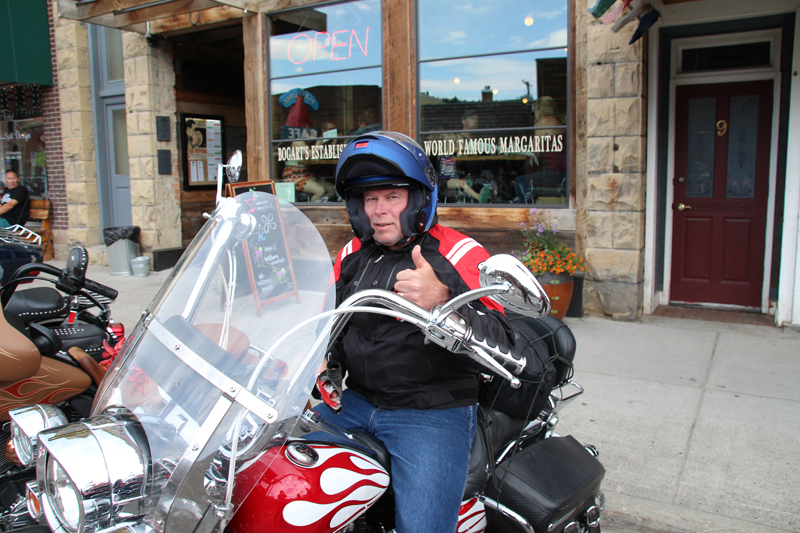
Comfort
To me, the liner material and how its shaped is the biggest factor dictating helmet comfort. I’ve had helmets where I’ll get a hot spot for no apparent reason other than the subtle shape of the shell and liner uncomfortably “pressing” on an area of my head. I’ve gotten full-on headaches from hot spots rendering the helmet useless to me.
The Neotec is my third Shoei helmet and I love it like the rest of them. Never a hot spot, that’s why I continue to go back to this brand. I like the picture below that shows the high-tech design of the liner inside the Neotec II. The multi layers allow for maximum comfort while keeping the helmet stable on your head.
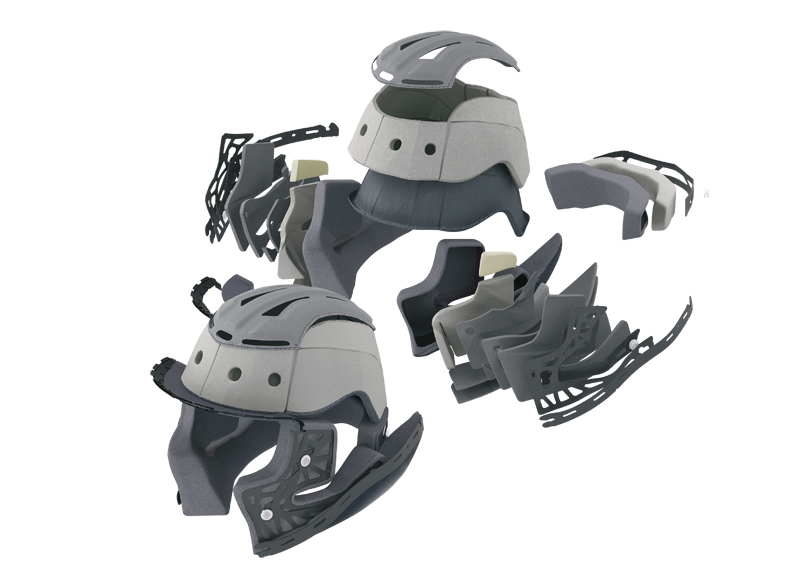
The liners are three-dimensionally shaped, meaning they “curve” out slightly to match the contours of a rider’s head. Shoei specs indicate that the Neotec II cheek pads have been designed with a “noise isolator” feature that deflects even the slightest amount of wind that creeps in, thereby reducing overall noise.
The liners are also replaceable. Should one part of the liner feel like it’s not fitting properly, you can buy a bigger size liner to snap in to that area. On my Shoei J-Cruise open face helmet,nbsp;I replaced the stock cheek pads with fatter ones that tighten the helmet around my head better. I didn’t need to get a bigger helmet size. Sometimes just small adjustments in the liner are all that’s needed. Be sure to check with your local Shoei helmet dealer about this if the helmet fitment feels slightly off.
There are three vents, one placed in the front, top, and back, that let air flow in through the front and out the rear, and you can open and close them on the fly.
Closure
Shoei updated its chin strap closure in the Neotec II. An adjustable buckle replaces a D-ring. The buckle is much easier to close as one does not have to feed the strap through a D-ring and doubleback through one to close it. This can be cumbersome for some with gloves on. The buckle is like an airplane seat belt, where you slip the flat end into the metal buckle, and lift up on the buckle to release. The flat end has rivets that let you rachet it to adjust the fit. The buckle is covered with a thin strip of fabric, the same fabric as the liner, so it’s smooth against the chin. A helmet’s chin strap is supposed to be snug though so I could see where the “bulkiness” of the buckle could “dig” into one’s neck a bit. Norm didn’t notice it.
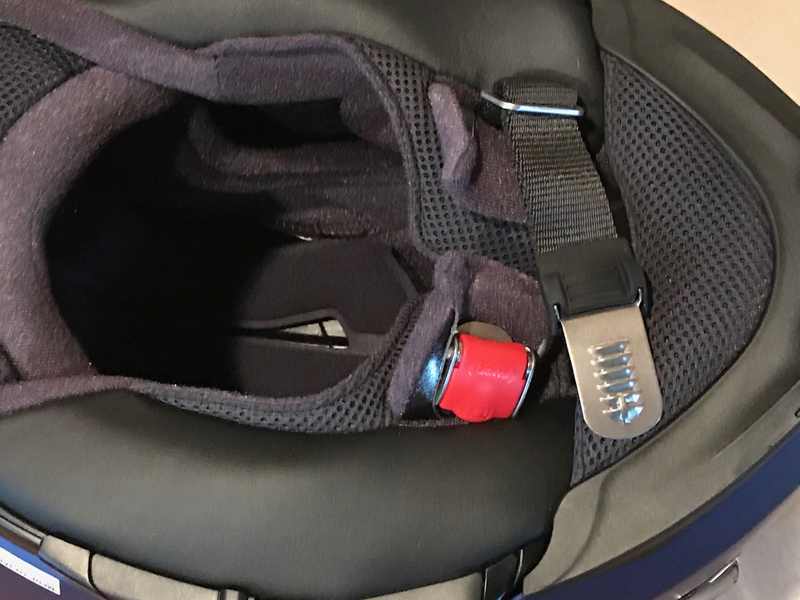
Other Features
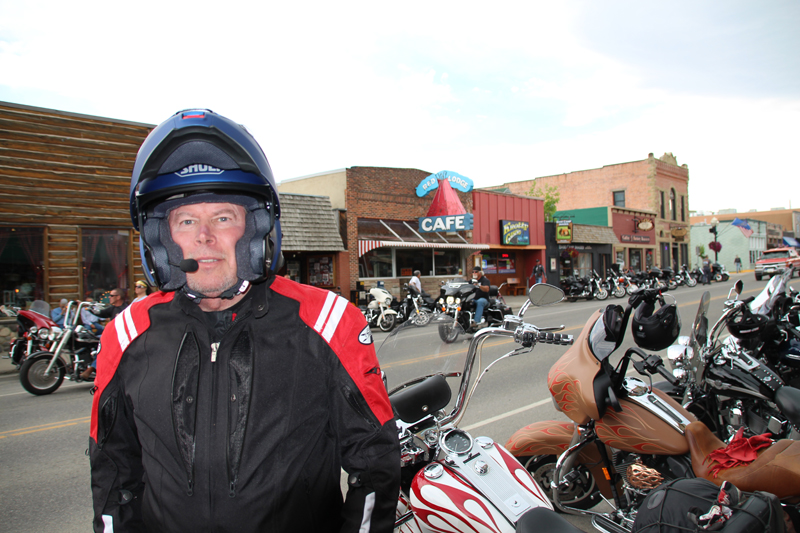
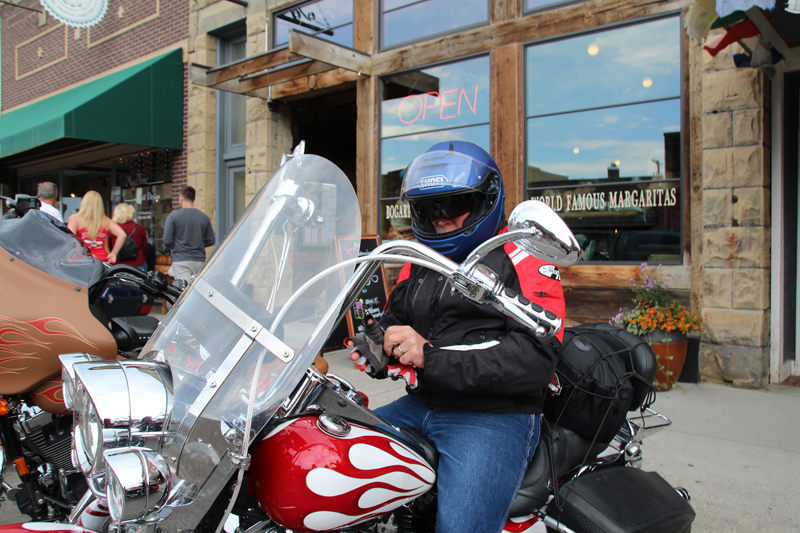
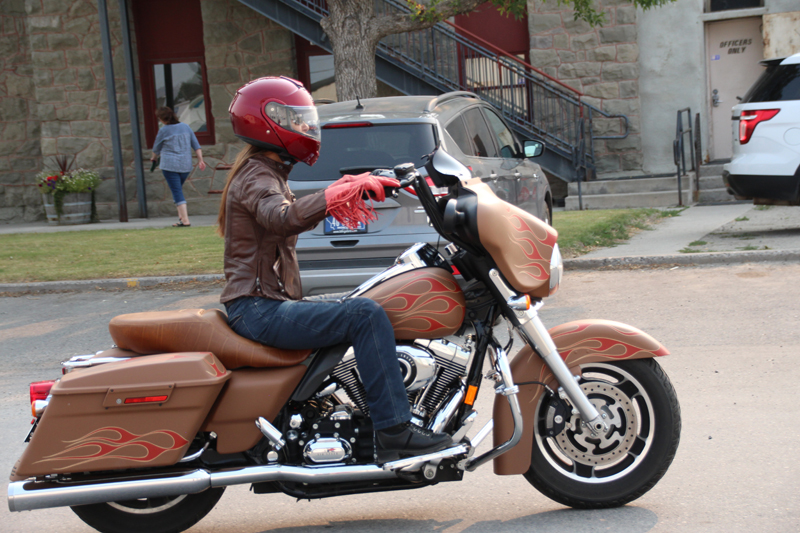
A Pinlock fog resistant shield that goes inside your faceshield is included with your purchase of the helmet. The plastic shield attaches to “pins” inside the shield. This dual layer system traps air in such a way that eliminates fogging.
The mechanism to remove the faceshield is simple to use (one of my favorite things about new helmet technology) so you can remove the shield with ease to clean it, or change to a tinted shield, like Shoei’s Transitions Photochromic Pinlock Shield that adjusts tint according to how much sunlight is present. I wrote about the Transitions faceshield in my review of the Shoei RF-SR helmet here.
Sena SRL Communication System
Let’s start by stating some facts about the system. The Neotec II, priced at $699 for solid colors and $799 for colors with graphics, does not come with the Sena SRL already installed. For some silly reason I thought it did and was excited that I would not have to “install” the communication system myself. I’ve spent countless hours stringing speakers along helmet edges to the “ear” spots on the inside of helmets, and clamping receivers to the side of helmets using tiny screws and allen wrenches with all my previous communicators over the years that I was looking forward to not having to do that this time.
While I didn’t have to do exactly that, I still did have to install the system on my own. The Sena SRL is bought separately for $299, for a total of $1,000 including the helmet. The $299 price for the SRL is on par with Sena’s other, non-integrated, systems give or take $50 or so—so you’d spend about that no matter what Sena system you purchased.
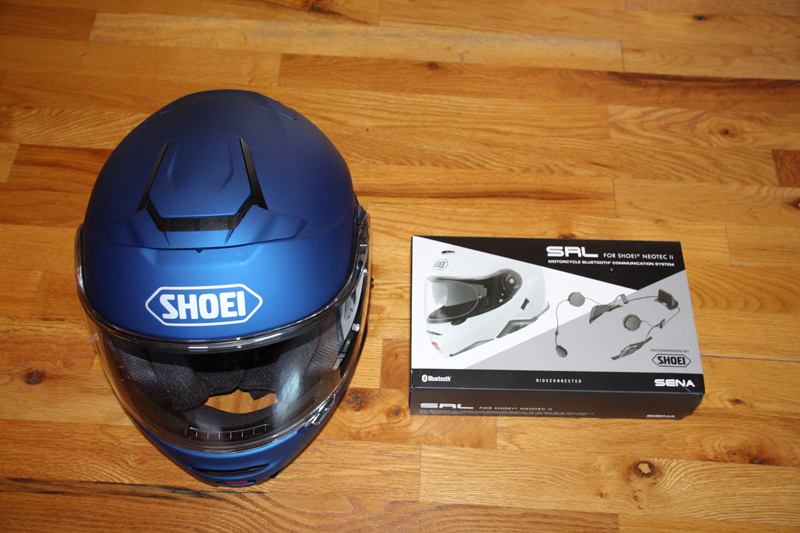
The instructions to install the SRL that come with the product had just diagrams, no text. I found them difficult to follow and more obligatory than anything. I found an installation video on Sena’s YouTube channel, but Sena’s spokesperson, Alyssa (who is so great on camera by the way), went a little too fast for me with not enough detail, so I consulted another video I found that was extremely helpful by SportBikeTrackGear.com.
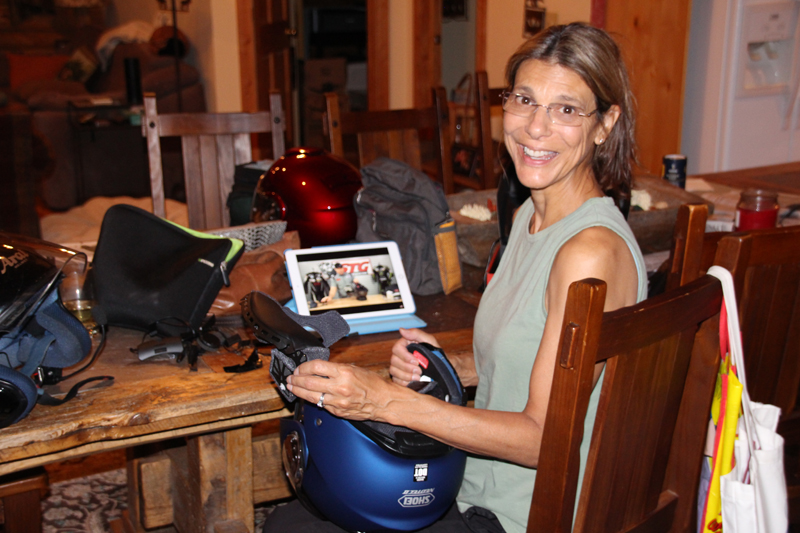
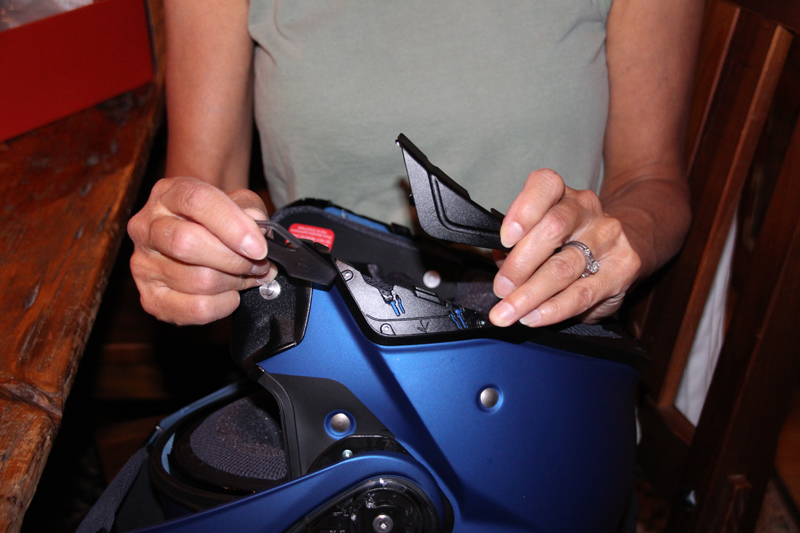

My last review of a Sena system was the 30K mesh technology, different than Bluetooth technology. The 30K system works with Bluetooth system that’s paired to it, but I had not tested that feature in my review. So, I decided to see how the 30K pairs with and works with a Bluetooth since the SRL is Bluetooth.
Unlike the the 30Ks, which pair together by just being in the same vicinity, when connecting to a Bluetooth device, one must “pair” them by putting the SRL in pairing mode. Once connected we were ready to hit the road.
Sound Quality
Norm said the sound quality was crisp and clear. I, too, heard him just fine through my 30K. He did say the microphone pushed up against his lips with no room in the helmet to push it away from his mouth. This obviously is a subjective issue since the size of face (lips and chin area) dictates how much room is available in the helmet.
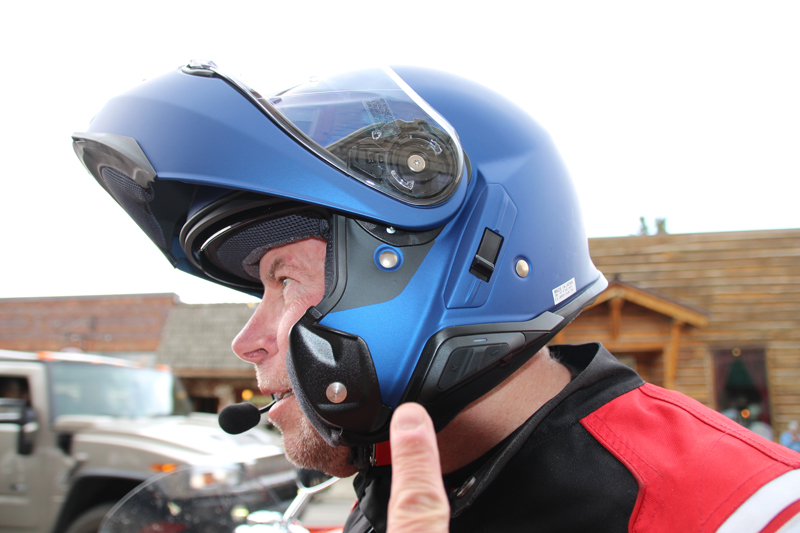
Connection with other Riders
There’s a dual Bluetooth chip in this system that allows up to eight riders to be connected. I have never been part of an intercom chain with this many riders, but for group rides I can see where this is very handy. Post a comment below to let us know if you’ve been part of a communication group of more than three riders. I’d love to know your thoughts.
Norm and I stayed connected over a long stretch of highway where I could still see him. As he got ahead of me more than a mile, his voice was in and out until I lost him, so the 1 mile range noted in the specs is accurate.
Charging
One of the obvious benefits of an integrated system is that there’s no bulky controller on the side of the helmet. Once installed the SRL stays with the helmet always. The other benefit is how you charge the system. A USB plug connects to the underside of the helmet as seen in the photo below. Note that there is no AC / wall plug included with the USB cable so when traveling you’ll need to bring a USB charging bus or adaptor of some sort. The SRL charged in 2.5 hours and lasts all day, at least eight hours of a riding day. Sena specs indicate the system has 10 hours of talk time.
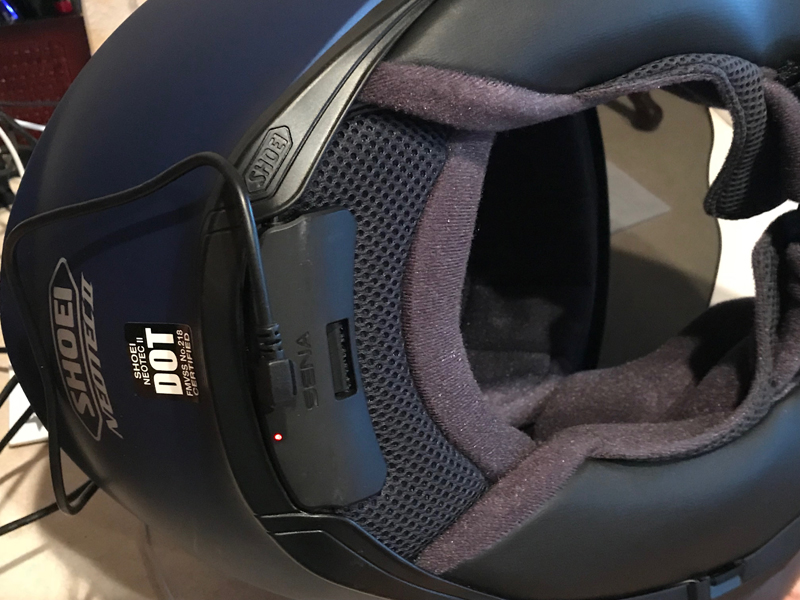
I’ve gotten in the habit of turning off the communicator when I’m not using it, like when I’m stopped and eating lunch. With 10 hours of talk time you don’t need to do this really, but I like my habit of turning it off to conserve the battery should it not be fully charged when I start out, or should I need the whole 10 hours in case of unexpected delays in my riding day and not having access to re-charging.
Other Features
We paired Norm’s cell phone to the SRL to stream his music library. We got that all set up before we took off riding so he didn’t have to fumble with the controls while riding. You can move to the next song or go back a song using the plus or minus buttons. Norm said the music sounded fine through the speakers in his ears. Sena has a feature called Smart Volume that adjusts the sound up or down based on wind noise.Several of Sena’s other features are included in the SRL system including voice command, FM radio, and use of a remote control offered as an option from Sena.
Sena has a robust utility app that can be downloaded to your cell phone. Once your phone is paired to the device you can set up some of the functions from the app, not while riding obviously.
Compared to the jog dial controller I’m used to using with my 20S and 30K systems, this rubberized plus/minus controller seems much more simple. I’m a big fan of Shoei helmets and a big fan of Sena communication systems. Put together, I feel I’m getting the best of both worlds: a superior helmet with a superior Bluetooth communication system.
To purchase the Neotec II, visit Shoei-Helmets.com. You can order online, or find a dealer using their dealer locator. To buy the SRL Communication System, visit Sena.com and order online, or you can use the dealer locator to find a shop in your area and buy in person.
Related Articles
Review: Shoei RF-SR Entry Level Helmet
Review: Shoei J-Cruise Open Face Helmet
Review: Sena 30K Communication System
Review: Sena 20S and Prism Camera
All Helmet Reviews on WRN
All Communication System Reviews on WRN

We just bought two of these! My spouse and I ride together on our Victory XC Tour. We’ve been riding together for eight years, and have gone through three different bikes and multiple helmet combinations. Our last helmets were Fulmers, bought in 2014. After four years of riding in Texas heat, we decided it was time to change (and after moving three states to the north). Let me preface all this by saying, “I’m cheap.” I never considered a Shoei because of their cost. But heck, I really wanted a nice helmet.Wow! From the time I put it on I was in love! Holy guacamole–the fit, the ease of using the various controls. Worth every cent. But, we went with white since, hey, I’m cheap and figured I could cover the white with stickers if I want a different color.We also got the Sena kit and had it installed by the shop where we bought the helmets. We’re still getting used to the controls on the Sena. We have enough challenges figuring out how to talk to each other, much less pairing with the phone! If you get this as your first communication set, like it is ours, practice with it before you get on your bike!That was a big (almost bad) learning experience. It’s a little finicky about pairing, you have got to follow the directions provided. We had our helmets paired and unpaired and paired again in the course of about 30 seconds. Having gloves and big fingers definitely makes it a challenge for first time users. Another interesting glitch we found was that although the phone wasn’t actively paired, when a phone call came through, it disrupted the signal between the helmets.Overall, this is totally an awesome combination. 100% worth the cost for the overall safety improvements from even a very good helmet without communicators. No more trying to yell over wind noise, or misinterpreted hand signals (“turn left here?” “No! Just take a look at that interesting thing on the left!”). Looking forward to using it once the streets are no longer covered with ice and snow.
Solid review! My daughter rides with me and I am always looking for ways to enhance the experience for her. This seems to be able to scratch that itch. Thank you!